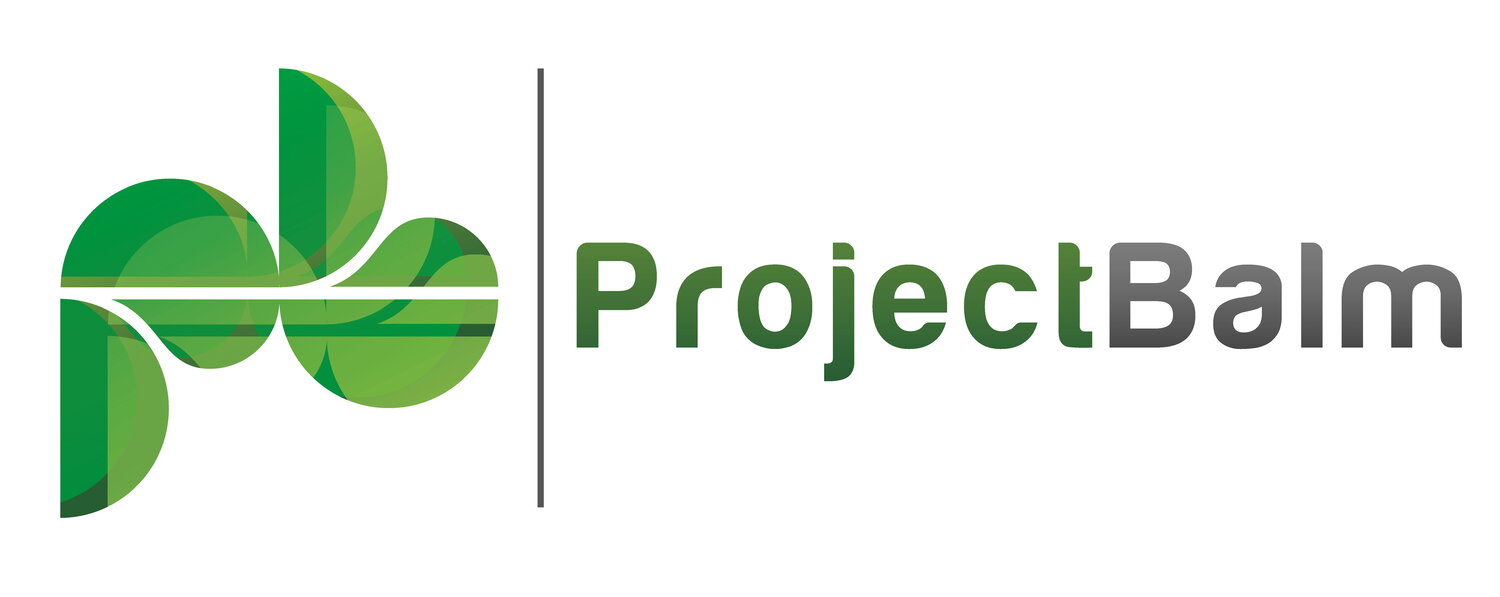Qualitative Risk Analysis
Risk management is a crucial tool for navigating project uncertainties and ensuring delivery success. The basic process involves identifying, analyzing, and monitoring potential risks. You can perform risk analysis qualitatively or quantitatively, and this article describes the first approach.
Understanding Qualitative Risk Analysis
Risk analysis involves assessing the likelihood and impact of each identified risk in your project. Qualitative risk analysis uses subjective categories for these criteria and contrasts with quantitative risk analysis, which uses numeric values of measurements.
For example, qualitative risk analysis would typically assess the impact of a risk using subjective labels such as:
Low
Medium
High
By contrast, quantitative risk analysis might assess the impact of a risk in dollar terms, such as:
<$10k
$10k-$100k
>$100k
In the same way, qualitative risk analysis uses subjective labels, such as "unlikely," to represent the probability of a risk.
Benefits of Qualitative Risk Analysis
At first glance, the extra precision afforded by quantitative risk analysis might make it seem preferable, but the qualitative approach is much more popular. There are several reasons for this:
Cost-Effectiveness: The qualitative approach allows for quick and easy risk prioritization without the detailed modeling that may be required for quantitative analysis.
Clear Prioritization: The subjective labels communicate a clear value judgment about the severity of a risk. Being told the impact of a risk is "High" carries an inherent sense of urgency and also implies there are likely other risks with a lower impact. By contrast, being told the impact is $100,000 does not tell you anything about the priority of the risk in relation to others.
Necessary Imprecision: The use of subjective labels also recognizes the imprecision that typically accompanies project risk management. It is often very hard or impossible to quantify the impact and probability of a risk precisely; for example, to say the probability is 25% and the impact is $20,000. Qualitative risk analysis recognizes this and is arguably more useful because it does not present misleadingly precise numbers.
Limitations of Qualitative Risk Analysis
Despite these advantages, qualitative risk analysis has its limitations, including:
Subjectivity: The analysis is inherently subjective and can be influenced by the evaluators' perceptions and experiences.
Lack of Traceability: The subjective nature of the analysis means that assessments tend not to be traceable in the same way that quantitative assessments are, which will usually be backed up by models or spreadsheets.
Lack of Differentiation: When multiple risks fall into the same category, it can be challenging to determine their relative severity. In contrast, quantitative analysis differentiates risks with precision.
Best Practices for Qualitative Risk Analysis
Following are some best practices when employing qualitative risk analysis:
Engage a Diverse Team: Including team members with varied experiences and perspectives can reduce the impact of individual bias and ensure you consider all relevant information during the assessment process.
Use Structured Tools: Studies show that employing structured tools like the Delphi Method or Risk Poker can increase the accuracy of assessments.
Make Relative Assessments: Constantly comparing risk assessments with prior risks ensures consistency across the project and also simplifies the assessment task. "Is the probability of this risk Medium?" is a tricky question to answer. By contrast, "Is this risk more likely than this other risk?" is more straightforward.
Risk Register by ProjectBalm is a cost-effective tool that helps you record and manage your risks.
